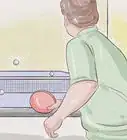wikiHow is a “wiki,” similar to Wikipedia, which means that many of our articles are co-written by multiple authors. To create this article, 18 people, some anonymous, worked to edit and improve it over time.
wikiHow marks an article as reader-approved once it receives enough positive feedback. In this case, 88% of readers who voted found the article helpful, earning it our reader-approved status.
This article has been viewed 183,248 times.
Learn more...
Ping pong sometimes gets a bad rap. In some circles, it's a way to kill 5 minutes in your basement. In others, it's a sport where the top contenders get paid in the millions.[1] If you're looking to turn your hobby into a veritable skill, grab your racket and let's get started.
Steps
Starting Out
-
1Purchase a good paddle. You need one with a good head that still has all or most of the grip on it. If you're a beginner, choose a beginner paddle – they're designed for less spin and speed on hard-to-return balls. If you're ready for something a bit more advanced, get a medium-fast blade for optimal control and emphasis on technique.
- If you use the European "shake-hand" grip, purchase the correct bat as opposed to the Asian "pen-hold" grip which has a shorter grip.
- When selecting your first bat, do not purchase a bat which is advertised as being extremely spinny and/or powerful, tempting though it may be. Know your level. If you don't, it will be detrimental to you as you begin playing.
-
2Start playing in a ready stance. Your body needs to be balanced, relaxed, and ready to move in any direction. In fact, after every stroke, you should aim to return to ready position. Make sure your playing arm is ready to hit the ball, too.
- If you have a better forehand, stand a little more to the left and vice versa if you have a stronger backhand.
- If you are right-handed, stand generally to you're left with your right foot slightly forward. If you are left handed, stand generally to your right with your left foot slightly forward.
Advertisement -
3Be ready to move swiftly. The ball can go just about anywhere depending on how it is placed and how it is curved. If you stick to your ready stance, you'll have more physical speed at the get-go. Use it! A speedy opponent is often hard to beat.
- Stay reasonably fit. Go jogging and do some dynamic stretching before playing to warm your body and reflexes up.
-
4Aim for corners. If you manage to get the ball to land in a corner, it is almost impossible to hit even for experienced players. Edges of the table work, too. However, if you're not skilled enough to aim the ball precisely, don't risk it. You could lose a point if the ball goes off the table.
- This can be a highly strategic move when combined with speed. One minute you're sending a fastball to the far edge of the table and the next you're sending a snail just in front of their net on the right ledge. Corners are especially tricky when your opponent doesn't know what to expect.
-
5Keep your returns low over the net. Remember this rule: less space means less angle. The lower you send your ball over the net, the harder it is for your opponent to put some fancy angle on the ball. It will also be difficult for them to hit the ball with significant power.
- There is, however, an exception to this rule: lobs. In this case, send the ball incredibly high over the net and place it on the very edge of the table, encouraging your opponent to miss.
-
6Know your fouls. There are many fouls and things that are considered points for the other team. For example, if you bounce the ball twice before it goes over it is a loss of point. Also in serving, it is compulsory to throw the ball up 6 inches (15.2 cm) above your hand or it is a foul.
- Don't know your fouls? Then you could lose the game anyway – sort of like not knowing that you can't scratch on the 8-ball in pool. Make sure you're familiar with the basic rules of ping-pong before you go into any seriously competitive games.
Developing Your Technique
-
1Curve or add spin to the ball. Curves can be hard, but once mastered; they can save your game. Here's a few things to keep in mind:[2]
- Watch the angle of your opponent's racket. If it's moving from low to high, you can expect topspin (spins upward). From high to low, backspin (spins downward). From left to right, ride sidespin, and from right to left, left sidespin.
- You can compensate for spin with your racket angle. If you're facing a ball with topspin, angle your racket down and hit to ball above its center. If you're facing a ball with backspin, angle the racket up and hit the ball below its center. If right sidespin, angle the racket to the right and hit the ball on the left. If left, angle the racket to the left and hit the ball on the right.
- Master the art of the sidespin, too. This can severely limit your opponent's options when it comes to returning the ball. Experiment with hitting the ball on the right or left and drawing it to center, creating a sidespin. Often the ball won't go where your opponent expects it to go.
-
2Use your whole body, especially when you stroke your forehand. Your whole body is what gives you power – not just your arm or wrist. You need to swift and agile, using your hips and shoulders, too.
- To stroke your forehand, rotate your hips and shoulders backwards during the backswing. Then come forward as you complete the swing. This transfer of body weight gives your swing more power and oomph. If also leads to a consistent attack.
-
3Mix up your length and speed. Even if you don't have your technique down 100%, if you play like a madman with no consistency, you'll be able to psych your opponent out. Go deep, go short, use spin, hit it straight, go pure speed, ride the ledge, etc. Keep the competition on its toes.
- To make this easier on you, use that ready stance. Be ready to transfer your weight at any point, but especially after serves and in between strokes. Be ready for an attack at any given moment.
-
4Relax your body. Remember that the ball weighs almost nothing. It's always spinning, too. If you come at it with a tight grip and with hard, stiff force, you're going to kill it in mid-air. Before you get into a game, loosen up your body and your grip. It just needs a light touch, whether the ball comes to you or whether you have to go chasing after it.[3]
- Relax your mind, too. If you lose control of your temper, you might as well hand over the game. If you've missed several shots in a row, don't get mad – get even. Never give up until the game is over. In ping pong, the tide can turn in a heartbeat.[4]
Getting Better and Better
-
1Use only your own racket. Every racket is different. They all have their own feel and their own unique characteristics. If you want to sit back and relax, playing your top game, use your own racket. You know how to work it and what to expect from it unlike any other. If you use someone else's game, your performance will not be consistent.
- Because this racket is like your right arm, take good care of it. Keep it in a case when you're not using it. Wash it with warm soap and water if it has a smooth surface (inverted sponge rubber). Alternatively, use a racket cleaner to keep it in tip-top condition.
-
2Practice alone. If you need to get to a point where your strokes are consistent, try practicing alone against a wall. Practice each type of shot, working on your spin, length, and speed. This will also help you get a feel for your racket and know exactly what nuance each stroke needs.
- You can also use the floor for spins. Practice hitting it downward and getting it to come right back to you. Then move onto different angles, too.[5]
-
3Practice all the time. Practice doesn't make perfect, but it makes habit. If you're practicing all the time, you'll learn what to expect even from yourself. Your shots will be consistent and you'll be able to aim the ball within an inch of its life. So whether you're practicing alone, with a friend, or competitively, do it.
- However, in the beginning, stick to practice and not competing. It's easy to get frustrated with something that seems so simple, even though it's not. There's a reason it's a competitive sport in certain areas of the world.
-
4Train until your strokes become second nature. When you just start off in a sport or in developing a skill, all your mental energy and focus is going to think it out. In order to relax and truly develop your technique, you'll need to get past that stage. Keep playing until the strokes become automatic and you don't have to think about what you're doing with the ball or where it's going to go.
- Think of it like driving. At first, you were so nervous, taking in all the stimuli around you. Now you can drive and not even remember getting there. Ping pong is the same. Just relax and let it happen.
-
5Join a league or club. If the only people you know who play are your uncle and the 8-year-old down the block, your game is never going to improve. Join a league or club in your area to find like-minded individuals that can put your skills to the test. And it doesn't matter your level, either; most clubs welcome all players, from beginner to practically professional.
- USA Table Tennis has a great website listing all clubs affiliated with their organization; take a gander at the page to find one in your area. Their clubs also come with coaches who can help you work on your weaknesses and develop your strengths, too.
Community Q&A
-
QuestionIf I washed my paddle in the dishwasher, will that affect the grip?
 Community AnswerNever wash your paddle in the dishwasher. The paddle is held together with glue and hot water will undo the glue and your paddle will fall apart. Just wash off your paddle with warm water.
Community AnswerNever wash your paddle in the dishwasher. The paddle is held together with glue and hot water will undo the glue and your paddle will fall apart. Just wash off your paddle with warm water. -
QuestionWhat if my brother always beats me?
 Community AnswerPractice without him knowing, then surprise him with your skill.
Community AnswerPractice without him knowing, then surprise him with your skill. -
QuestionHow can I learn to do a top spin?
 Community AnswerAngle your racket down a bit. Hit in with an upward motion while you use your wrist to turn the racket further down when you hit the ball. This will impart a downward spin (topspin) on the ball. Practice makes perfect. A topspin serve can be very effective if your opponent isn't ready for it.
Community AnswerAngle your racket down a bit. Hit in with an upward motion while you use your wrist to turn the racket further down when you hit the ball. This will impart a downward spin (topspin) on the ball. Practice makes perfect. A topspin serve can be very effective if your opponent isn't ready for it.
Warnings
- Don't grip the paddle too hard, you'll bruise your fingers! You also will not be able to hit spin effectively.⧼thumbs_response⧽
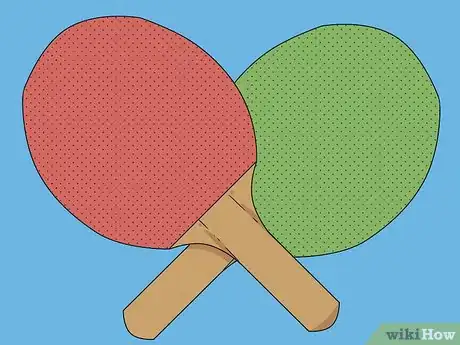
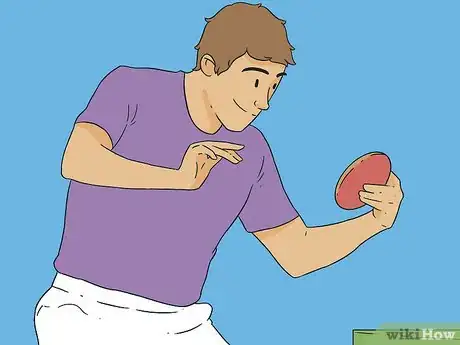
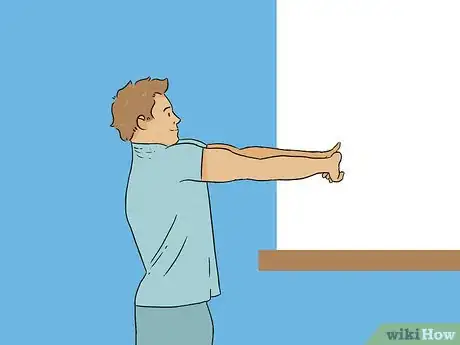
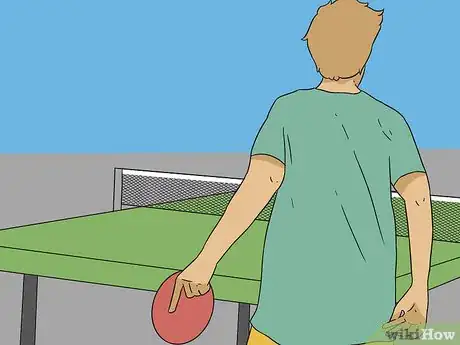
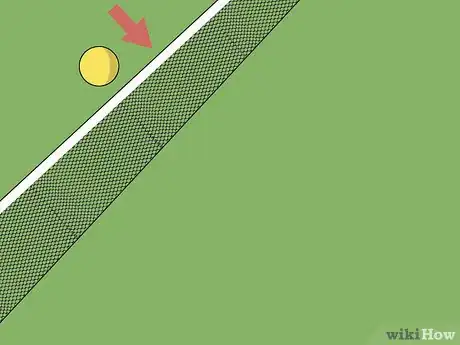
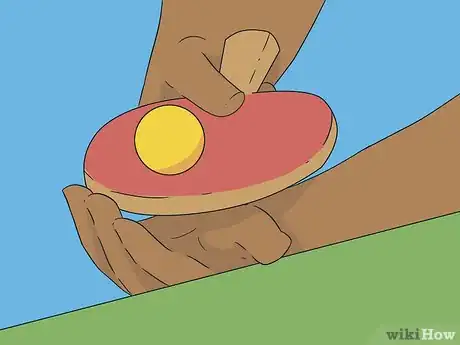
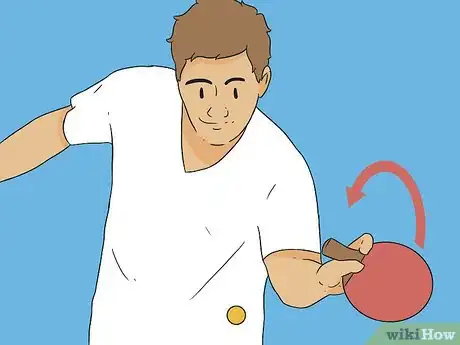
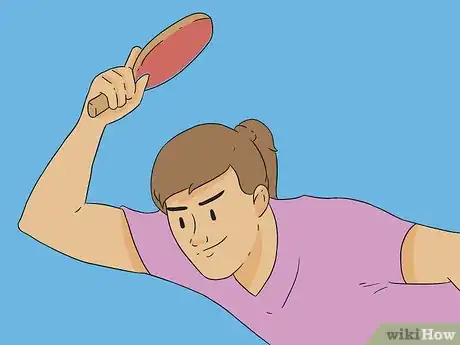
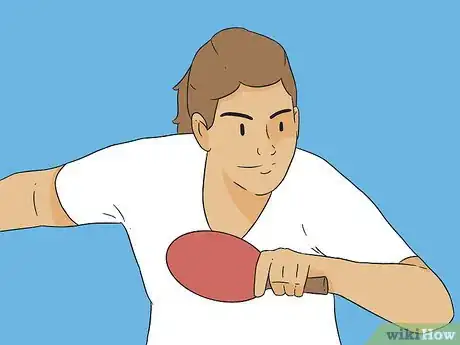
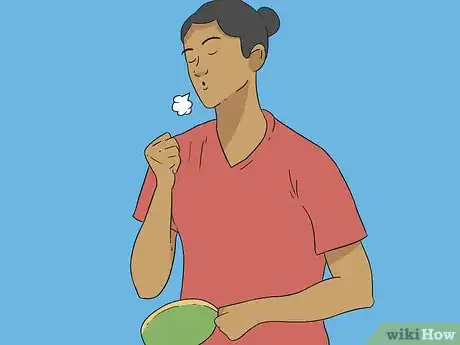
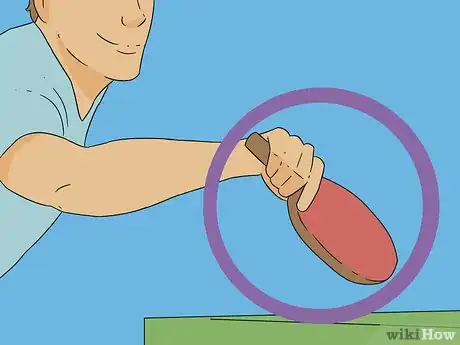
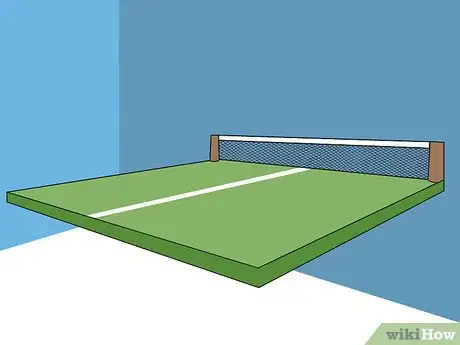
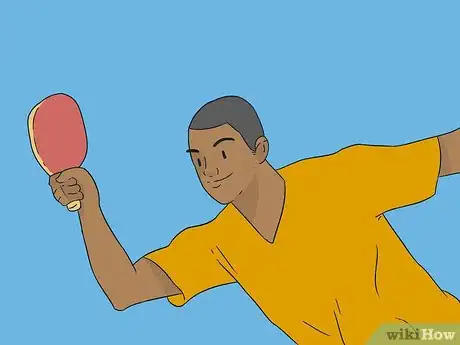
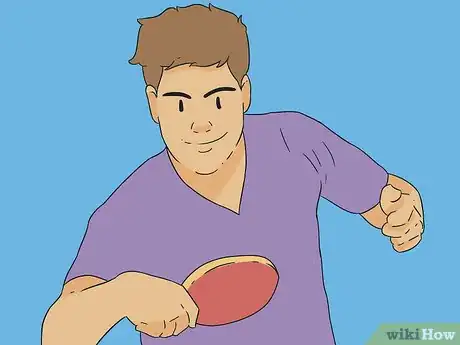
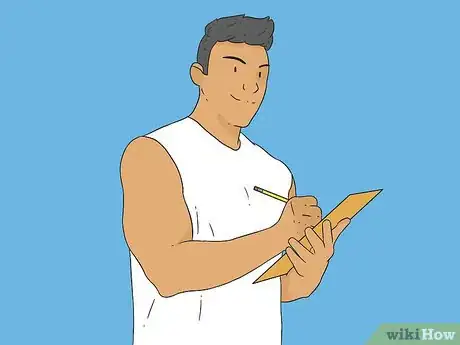
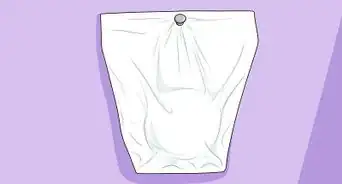
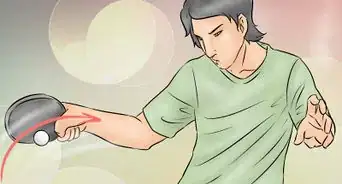
-Step-19-Version-4.webp)
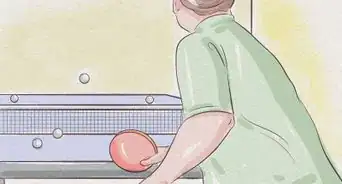
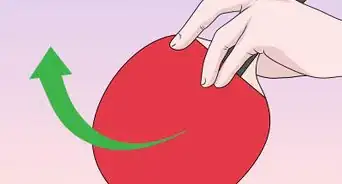
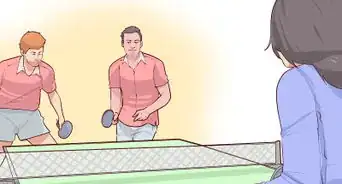
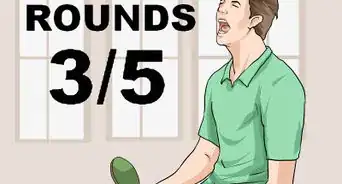
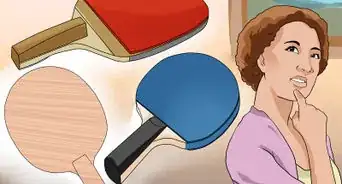
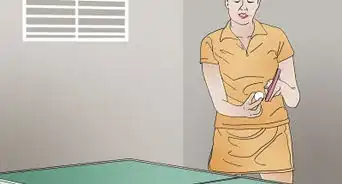











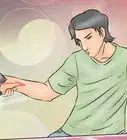
-Step-19-Version-4.webp)
